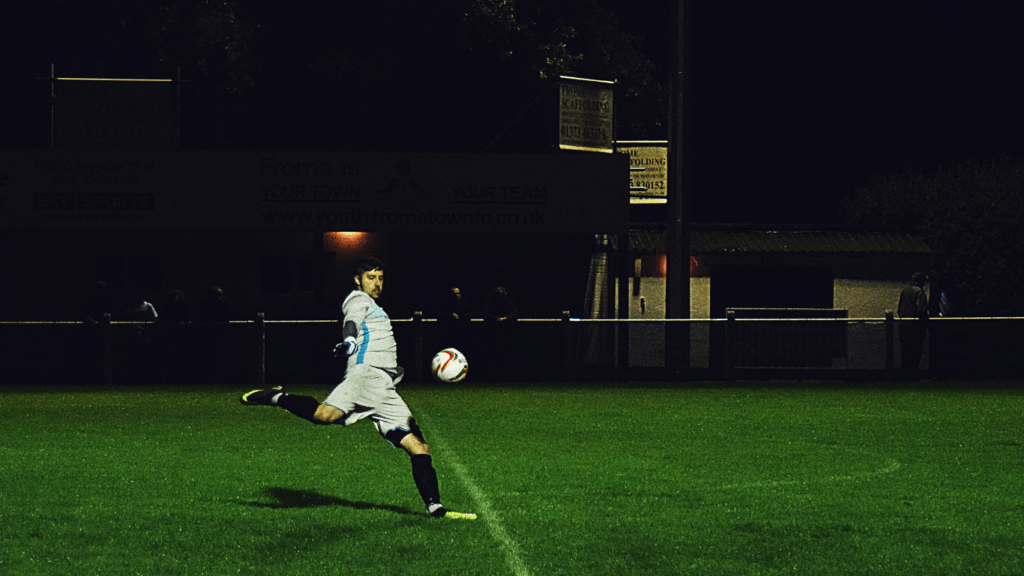As a passionate follower of soccer tactics, I’ve always been intrigued by the evolution of playing styles in modern football. One strategy that has caught my attention is high pressing and its profound impact on the beautiful game.
In this article, I’ll delve into the tactical nuances of high pressing and how it’s reshaping the landscape of modern soccer. From Jurgen Klopp’s gegenpressing at Liverpool to Pep Guardiola’s intense pressing at Manchester City, top teams are embracing this proactive approach to disrupt opponents’ build-up play.
The emphasis on regaining possession quickly and high up the pitch has revolutionized the way teams defend and attack in contemporary football. Join me as we explore the tactical intricacies and strategic benefits of high pressing in shaping the future of the sport we love.
Evolution of Tactics in Soccer
Discussing the evolution of tactics in soccer is essential to understanding how the game has progressed over the years. When we look at the historical landscape of soccer, we see a shift in strategies and approaches that have shaped the modern game we witness today.
Teams are constantly adapting and innovating to gain a competitive edge on the pitch. One significant development in soccer tactics is the rise of high pressing. Teams like Liverpool and Manchester City have mastered this strategy under the guidance of Jurgen Klopp and Pep Guardiola, respectively.
High pressing involves putting intense pressure on the opposition when they have possession, aiming to force turnovers and create scoring opportunities. The evolution of tactics in soccer is a dynamic process that reflects the ever-changing nature of the sport.
As teams continue to analyze and refine their strategies, we can expect further innovations and adaptations that will shape the future of soccer tactics.
Importance of High Pressing
High pressing in soccer has become a critical strategy for top teams in modern football. It plays a significant role in disrupting the opponent’s build-up play and creating scoring opportunities. Let’s delve into the key aspects of high pressing tactics.
Disrupting Opponent’s Build-Up
- High-Press Tactic: Pressing high up the pitch disrupts the opponent’s build-up by applying intense pressure, forcing mistakes and turnovers.
-
Teams’ Execution: Liverpool and Manchester City excel at this, closing down spaces and cutting passing lanes, creating goal-scoring opportunities.
Creating Scoring Opportunities
High pressing is not only about regaining possession but also about creating immediate attacking opportunities. By winning the ball in advanced positions, teams can launch quick counter-attacks or capitalize on unsettled defenses to create scoring chances.
This approach not only puts the opposition under constant pressure but also allows the pressing team to transition swiftly from defense to attack, catching their opponents off guard.
Keys to Successful High Pressing
Coordinating movements and communicating effectively are essential for successful high pressing.
Coordination and Communication
In high pressing, coordination between teammates is crucial as it ensures everyone moves as a cohesive unit. Communicating constantly on the field helps players synchronize their actions and apply pressure effectively.
Analyzing Modern Soccer Strategies
Analyzing modern soccer strategies, I delve into the tactical intricacies that shape today’s game. Teams like Liverpool and Manchester City showcase the effectiveness of high pressing in disrupting opponents’ gameplay.
This strategic approach involves exerting intense pressure to force turnovers and create scoring chances. Understanding modern soccer strategies, I highlight the significance of high pressing in destabilizing the opposition’s build-up play.
By pressuring defenders and midfielders, teams provoke mistakes and turnovers in crucial areas, setting the stage for quick attacking opportunities and counter-attacks. Key to successful high pressing is teamwork and communication. Players must work cohesively, moving as a unit to apply pressure effectively.
Constant communication aids in synchronizing actions on the field, maintaining relentless pressure on the opposition and enabling seamless defensive to offensive transitions.
Implementing High Pressing in Teams
In implementing high pressing in teams, it’s crucial to understand the coordinated effort required to execute this strategy effectively. A key aspect of successful high pressing is the synchronization of movements among players on the field.
This coordination ensures that the team acts as a cohesive unit, putting pressure on the opposition collectively. For high pressing to work seamlessly, constant communication among teammates is paramount.
Communicating on the field allows players to anticipate each other’s actions, time their movements efficiently, and apply pressure strategically. This synchronized approach not only disrupts the opponent’s build-up play but also creates scoring opportunities through quick transitions from defense to attack.
Teams looking to adopt high pressing must prioritize team chemistry and understanding to execute this strategy successfully. It’s not just about individual efforts but about the collective synergy that enables a team to apply relentless pressure on opponents and dictate the tempo of the game.
By implementing high pressing effectively, teams can disrupt the opposition’s rhythm, force errors, and capitalize on turnovers to gain a competitive advantage on the field.






